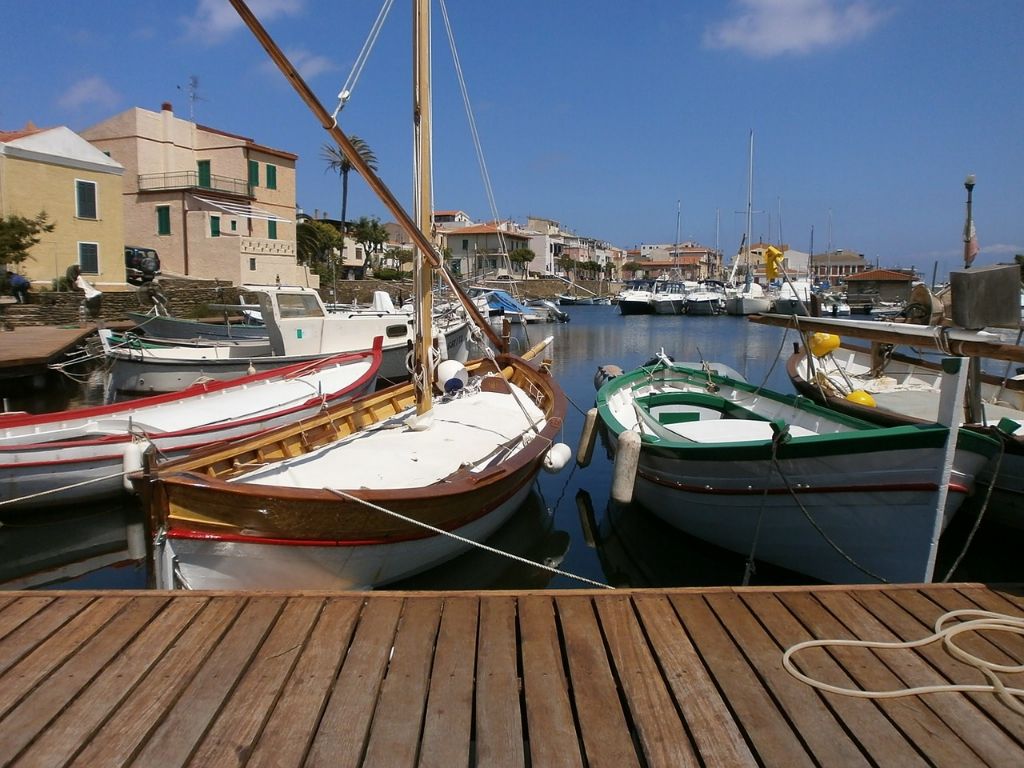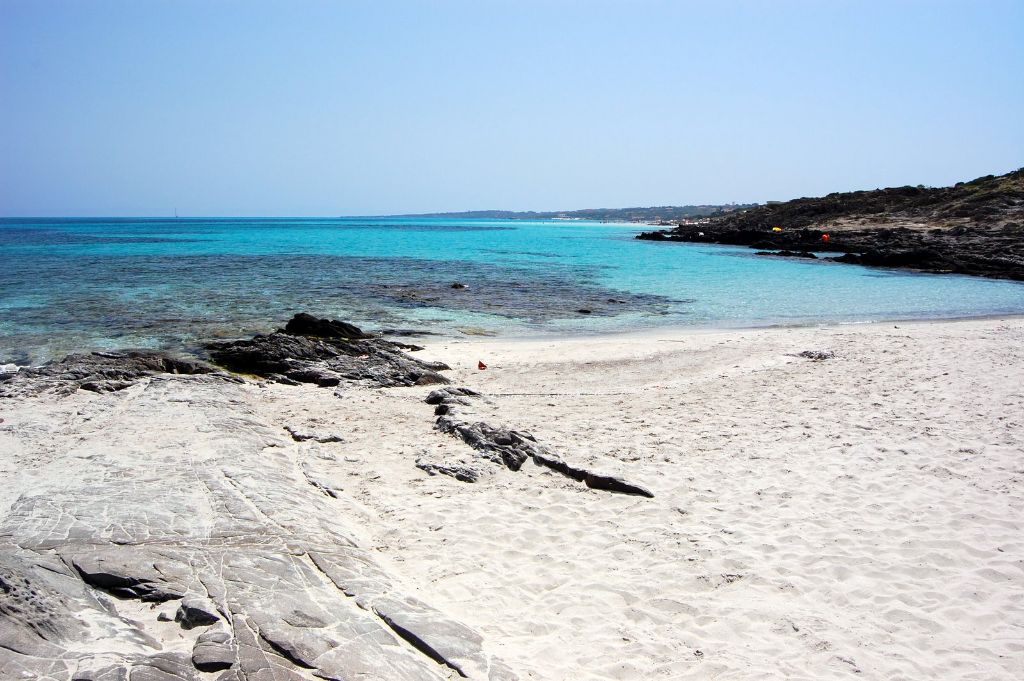What to see in Stintino
Visit Stintino and La Pelosa beach
Until the summer of 1885, Stintino did not exist. Forty-five families, one half of them hailing from Sardinia and the other half from Ponza and Camogli, disembarked there after a sea journey of just a few miles. The menfolk were tuna fishermen and they made their way to Stintino from Asinara, the island where they had lived until the Italian government decided to turn their home into a leper hospital and penal colony. Located on a strip of land between two “sea bowels”, Stintino looked – as its original name Isthintini implied – like intestines.
In the two bays, the short-lived original settlers built and organised their shelters, the little port and the homes in the architectural form that we can see to this day. A new tuna fishery was constructed, which remained active until the 1960s; you can learn all about its history and vicissitudes by visiting the Museo della Tonnara (Tuna Fishery Museum) not far from the Saline beach.
The economic boom around sixty years ago led to the expansion of the urban area and the construction of the tourist facilities and the port area.
Known above all for La Pelosa – one of the most renowned beaches anywhere on Sardinia, located just two kilometres from the town – and for being one of the gateways to Asinara Island, Stintino is visited by large numbers of tourists every year, with the peak coming in July and August. The cliffs on the western side, beyond the promontory of Capo Falcone, afford a different but equally stunning panorama of the fine beaches and the enchanting gradations of turquoise. Here, the rocks thrust out towards the coast, which is lapped by the crystal-clear green sea – the water then turns an intense blue as you gaze farther out, in the direction of the Spanish coast.
At your service for your vacation in Porto Torres
Call us at +39 079 513834 or +39 340 3109345 or write to info@ilmeloresidence.it







